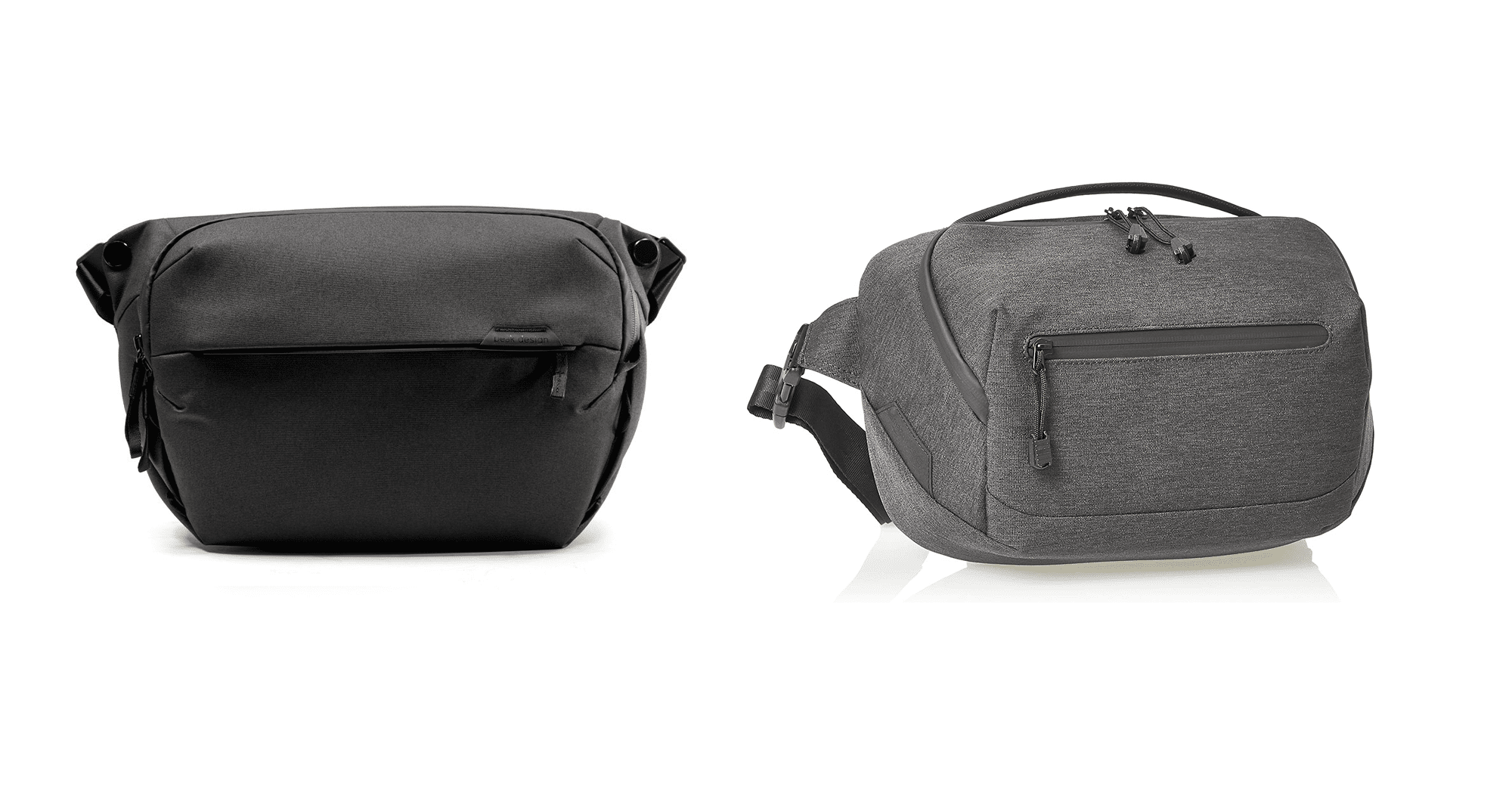Amazon Touts 3P Seller Benefits Amidst Copyright and Data Privacy Issues

On October 19, Amazon released its 2021 Amazon Small Business Empowerment Report, which detailed the features and benefits third-party sellers were able to enjoy on the platform.
According to the report, Amazon claimed that it had spent billions of dollars last year to continue supporting third-party sellers and even absorbed $5 billion in cost for their benefit.
In this article, we’ll discuss the salient points of the report and explore why so many sellers are still disappointed with Amazon despite all its 3P seller efforts.
Amazon Has 27,000 U.S. Sellers with Revenue of Over $500,000
Buried within the lobbying efforts of the report to paint Amazon as a positive benefit for small businesses, there were some interesting statistics regarding the size and number of third party sellers (which Amazon is often quite opaque with).
Here are some of the most interesting seller stats presented in the Small Business Empowerment Report:
- US third-party sellers averaged more than $200,000 in sales, up from $170,000.
- More than 27,000 US sellers had over $500,000 in sales (up more than 10% YOY).
- There were more than 70,000 new US sellers and 20,000 were able to launch globally.
- The number of American sellers who surpassed $1 million in sales grew by nearly 15%.
- Nearly 4,000 US sellers surpassed $1 million in sales for the first time and those who reached $10 million increased nearly 40%.
Not surprisingly, there was no mention of Chinese sellers which we know make up over 60% of all third-party sellers.
Amazon’s Investments in Third-Party Sellers
Dave Clark, the CEO of Amazon Worldwide Consumer, opened the report by looking back at the time the company allowed third-party sellers to participate in the online marketplace and how this partnership has progressed since then.
According to him, Amazon invested $18 billion in 2020 for the success of its third-party sellers, which he refers to as “selling partners.”
Some of Amazon’s investments for both 2020 and 2021 include
- $245 million – Seller Messaging Assistant
- $700 million – fraud protection
- $150 million – Black Business Accelerator
- $800 million – lent out to small and midsize businesses (SMBs)
- $100 million – for the success of small businesses during Prime Day
Amazon also said it absorbed over $5 billion of business costs last year, but it wasn’t entirely clear what this $5 billion represented. There was also no mention of rising ad costs and storage fees, not to mention the reduced restock limits that are still a problem going into Q4.
The Small Business Empowerment Report also showcased older seller programs such as Amazon Launchpad and Amazon Handmade as well as more recent ones such as Follow, IP Accelerator, and Brand Referral Bonus.
| Amazon’s Retail Third-Party Seller Services Global Net Revenue | |
|---|---|
| Year | Retail Third-Party Seller Services (in US billion dollars) |
| 2014 | 11.75 |
| 2015 | 16.09 |
| 2016 | 22.99 |
| 2017 | 31.88 |
| 2018 | 42.75 |
| 2019 | 53.76 |
| 2020 | 80.46 |
Source: Statista
Do Sellers Feel the Support Amazon Has Given?
Amazon invited third-party sellers to sell on the platform more than two decades ago not because they primarily want to partner with small and midsize businesses. A huge part of its Flywheel Growth Strategy is customer experience, and Uncle Jeff knows customers are happier when they have more choices.
Now that Amazon has had time to do their own research and develop more products, they’ve launched their own private-label brands. And for sellers who are in direct competition with these brands, it’s hard to think of Amazon as just a marketplace. It’s also a competitor, and one that’s hard to beat.
Amazon is still facing legal battles concerning data privacy and allegations that it’s using seller data to develop its own products.

There are also other issues regarding what the Everything Store so fondly calls selling partners. Earlier this year, they sent an email asking sellers to oppose proposed legislation that would significantly impact Amazon’s own private label brands. They said they’re doing it for the sake of smaller businesses, but a closer inspection would reveal it’s more for their own brands.
Although the report highlights the company’s efforts, unfair practices are still ubiquitous.
Final Thoughts
The 2021 Amazon Small Business Empowerment Report revealed some interesting statistics regarding the size and number of third party sellers. However, it looks at seller conditions through rose-colored glasses. While celebrations are good, an honest report that includes what went wrong with these programs is better.
For example, they can talk about how many sellers were wrongfully suspended in the interest of protecting customers from counterfeit products. Or even how they’re planning to handle buyer fraud that comes with free automatically approved returns.
It’s a long shot, but we can still hope.



